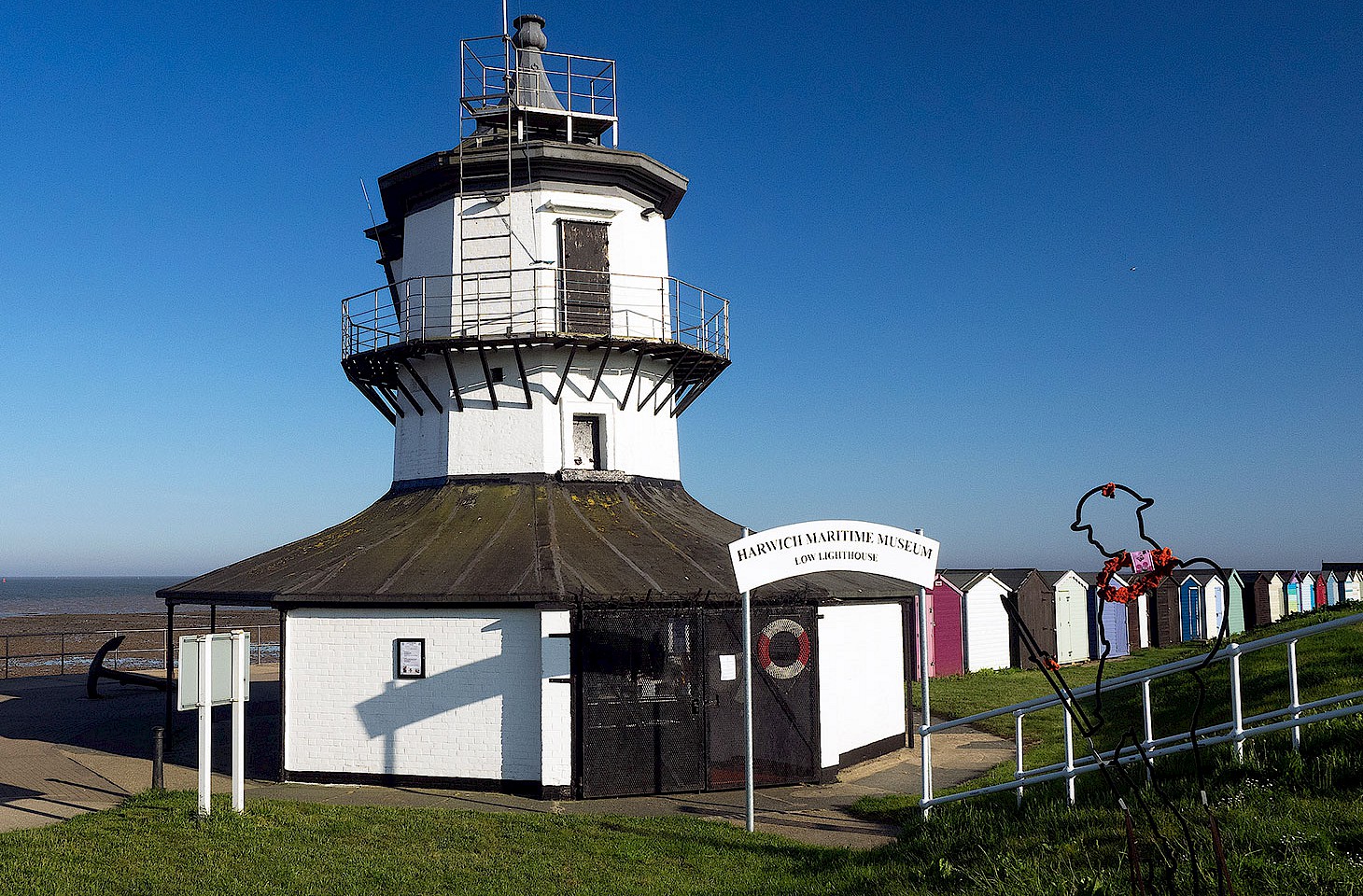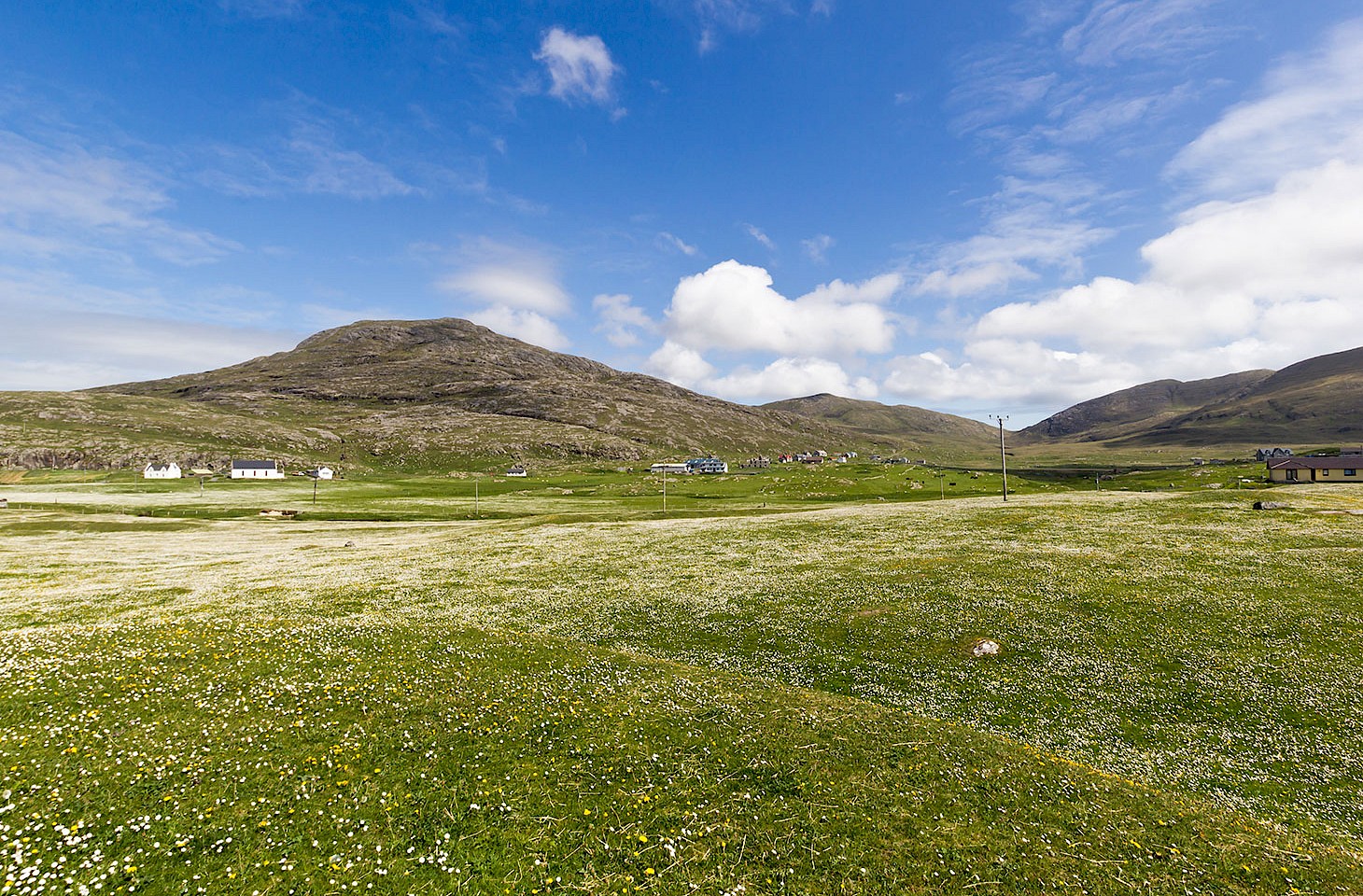Dear fellow travellers
The November issue of hidden europe is now available. Please take a look at the full table of contents on our website. We feature inter alia Istanbul, the island of Tresco and a small east German village called Golzow. Heard of it? Probably not. But it is a special spot, with an illustrious role in the history of documentary film. Over a span of more than four decades, the lives of some of Golzow's inhabitants have been recorded on film for posterity.
We follow Wanny Wolstad, who jacked in her job as a taxi driver in Tromsø to go and live the life of an Arctic hunter and trapper in Spitsbergen. And we take a look at a new book by women writing about the Welsh landscape. To demonstrate that we are not utterly impervious to news from the real world, we touch on both presidential elections and on bankers. Lenin's advice in 1919 to the citizens of Munich on how best to deal with bankers seems peculiarly apposite today. On the election front, we survey some of the best and worst European polls of 2008.
Also in this newest issue of hidden europe, we report from Kukës in Albania, Vianden in Luxembourg and from the tiny Mediterranean island of Filfla - a spot normally reserved for lizards and storm petrels.
Changing horizons for Silvertown (east London)
Last time I went to Silvertown, about ten years ago, I travelled on a train that creaked and screeched on ancient tracks, skirting derelict docks and gaunt shells of long abandoned factories to reach a single railway platform just by the Albert Road post office. hidden europe returned to Silvertown yesterday, to find the nineteenth-century railway tracks replaced by a sleek modern light railway. The relentless redevelopment of London's docklands marches on to the east, engulfing the remnants of old working class communities with adventurous new office blocks, warehousing and chic riverfront apartments.
On my first visit to Silvertown, an old man on Albert Road who had worked for years as a yard gang foreman in the nearby Tate and Lyle factory, told me how, until he was twenty years old, he had never once travelled out of the docklands. The factory still stands, but most of the buildings around have been levelled in recent years, including the old Tate and Lyle front office which was embellished with a verse from the Old Testament: "Out of the strong came forth sweetness." A decent enough motto for a factory that produced golden syrup from sugar cane.
Rathbone Street market in Canning Town, just two stops up the train line from Silvertown, was the furthest most Silvertowners ever ventured. A Saturday special. Pie and mash at Mrs Olley's café followed by ice cream at Murkoff's were Canning Town treats before Silvertowners hopped back on the train for the short ride home. Silvertown catered to all everyday needs. It had a barber, a cinema, a Congregationalist chapel, Herringshaw's grocery store, and even - for those wanting to splash out - a place to take lunch in style: the Beehive Dining Rooms run by Michael Heaslip.
And Silvertown today? Barred and shuttered, a tiny community that lives on its memories and waits for the bulldozers. The post office has closed and no ships from the tropics ever arrive at the lifeless Tate and Lyle pier. Silvertown has new horizons - and no longer are they limited to a Saturday train ride to Canning Town. For nowadays Silvertown is home to London City Airport, which offers flights to some three dozen destinations across Europe. You can fly to Nice or Madrid but no longer can you buy a stamp and have a natter at the Albert Road post office.




